Life presents numerous challenges, and military personnel have developed effective strategies to overcome them. While War History Online typically focuses on battles, weaponry and the latest tanks, we’ve made an exception this time around. Here are the top 10 military techniques that can be applied to everyday life. You don’t need to express your gratitude; we’re here to share knowledge.
Soften your boots in water
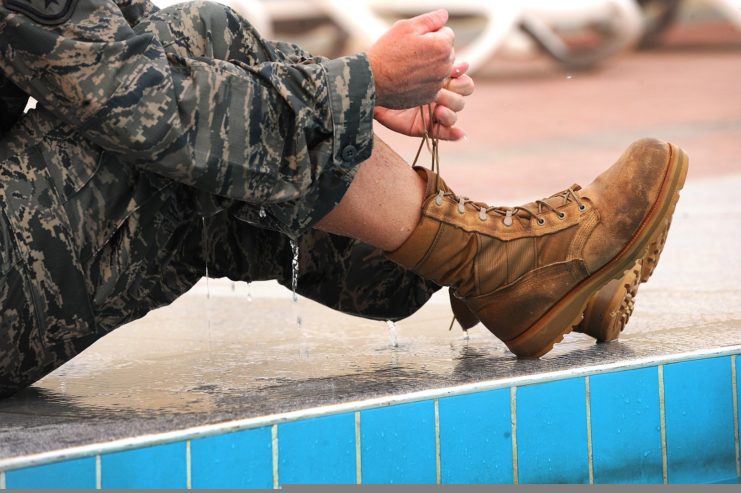
Servicemen are constantly on the move, ready to spring into action at any given moment. As such, they require comfortable footwear.
Even if you’re not in the military, you’re probably aware that breaking in new boots can be a painful process. Fortunately, the military has a reliable method for making them more pliable, ensuring ease of walking and running. By immersing the boots in water for approximately one hour, the material becomes less rigid, minimizing the risk of developing blisters.
Duct tape can prevent blisters
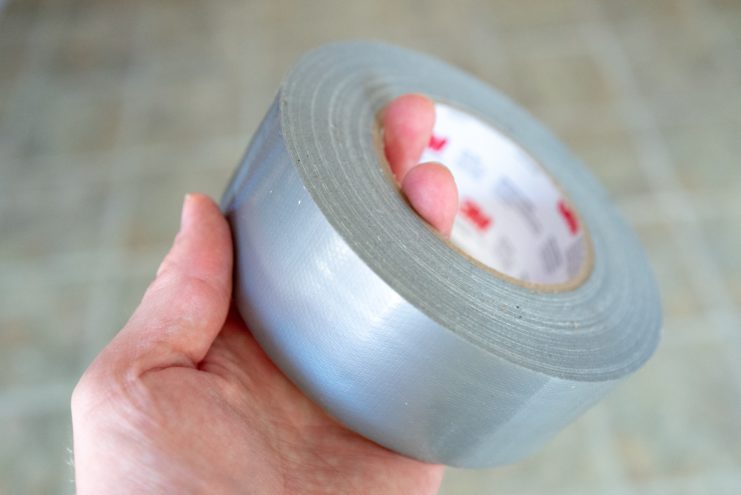
If your boots aren’t soft enough after an hour of soaking, you might end up with blisters on your heels. Luckily, servicemen have a solution for this, too: duct tape! Surprisingly, the product can serve as a guard or pad to prevent shoes from rubbing against areas where blisters are more prone to occur. By sticking some duct tape there, you can avoid the pain.
How to properly tie boot laces
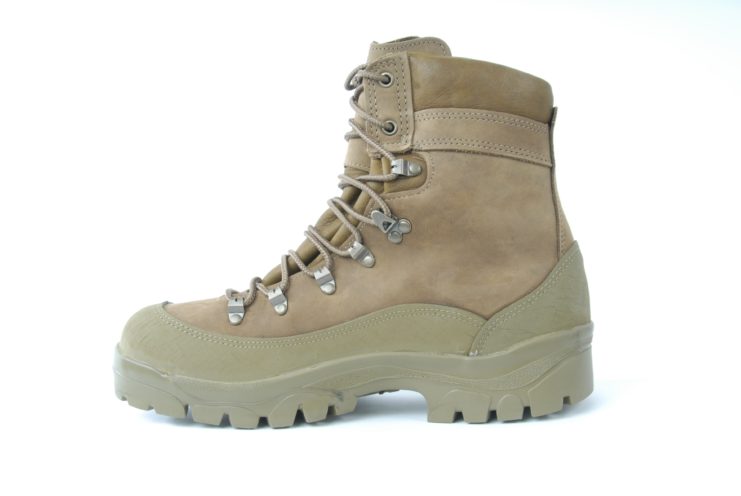
Along with the feel of the footwear, properly tying boot laces can be integral to the comfort of your feet. After soaking them and/or applying duct tape to your heels, you may find your boots still feel a little stiff when you actually walk in them. If that’s the case, this old military hack can serve as a quick and easy solution.
When lacing up your boots, avoid the holes up by your ankles. By skipping these, you’ll allow for more natural mobility around where the boot creases when you’re in motion.
Powder wounds with sugar
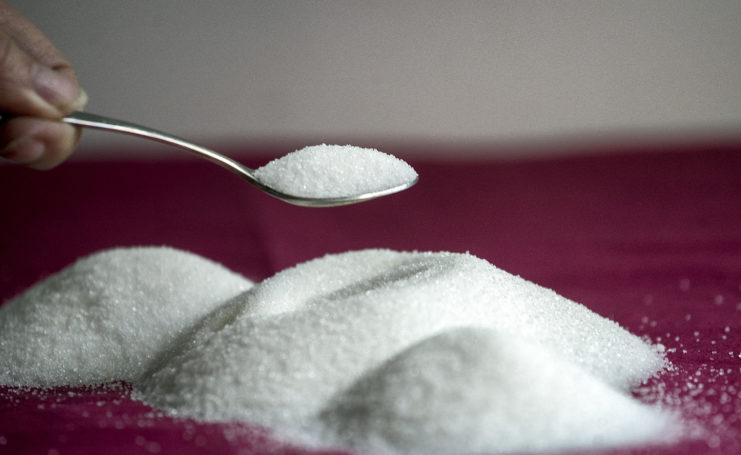
Wounds are one thing military personnel face during their careers. Depending on their severity, some can be treated with sugar. As it turns out, the sweet stuff also serves as an anti-bacterial. By powdering wounds with sugar, you can temporarily stop any infection from spreading. This shouldn’t replace anti-bacterial medications, but can provide some aid in a pinch (pun intended) until conventional methods are applied.
Vaseline can start fires
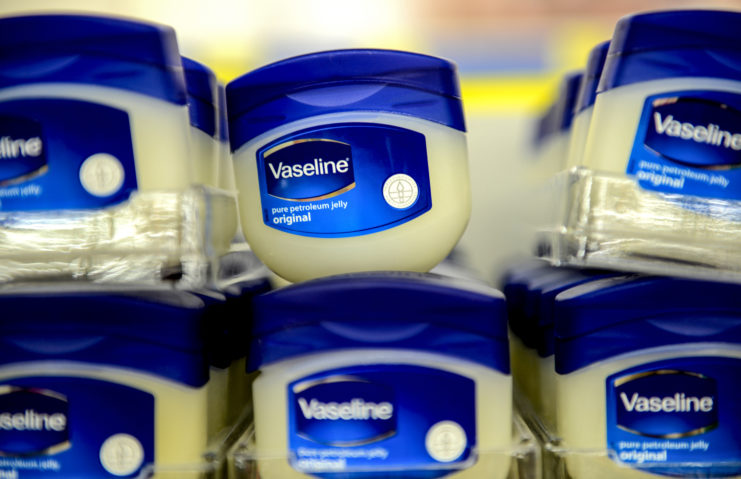
Who knew petroleum jelly was flammable?
This all-around moisturizer has been a first aid kit essential since the First World War, and not only can it ease burns and treat cuts, it can also start fires! All you need to do is dip a cotton ball into a pot of Vaseline and light it with a lighter or match. The soggy material will easily catch fire, and can act as either a fire starter or provide a bit of light and warmth, if necessary.
Maxi Pads can stem blood
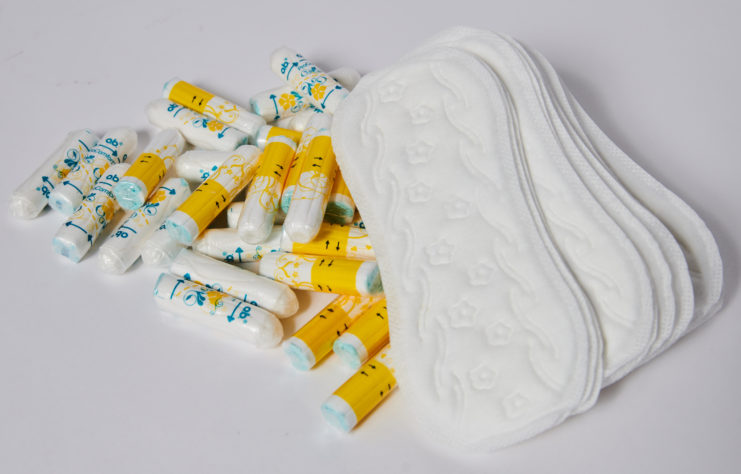
Despite what you may think, maxi pads are a great item to have on hand during battle. In an environment where wounds happen easily and frequently, this menstrual product is great at doing exactly what it’s meant to: absorbing blood. This goes beyond the battlefield, as well. Maxi pads are great to have on hand while camping, in the workplace or even just at home. In case there’s a wound that needs dressing, one taped in place can actually stem blood flow.
Fix threads with fire
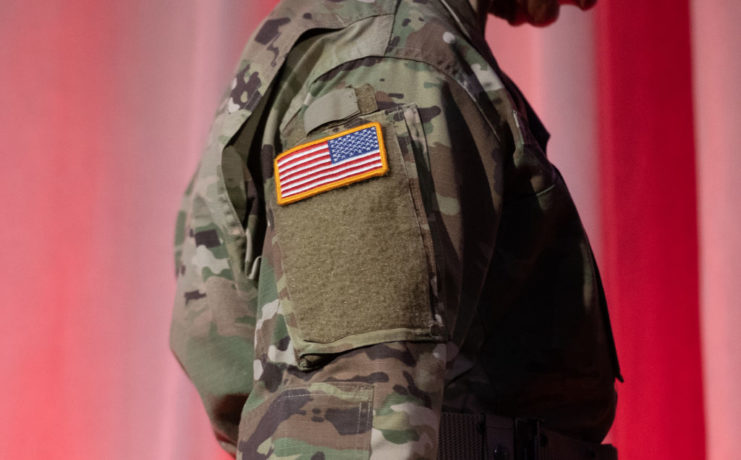
Servicemen always look well put together, as loose threads have no place on military uniforms. When a thread does come loose, they know better than to pull it. Instead, they grab their nearest lighter and burn it. Not only does the flame destroy the length of the thread, it prevents any snagging.
This is a handy hack that works for any clothing, as long as you’re careful.
Make your bed every morning
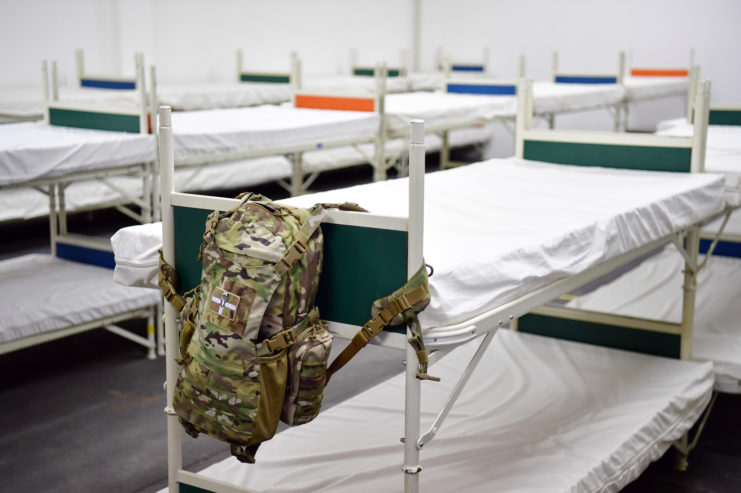
Barracks are notoriously tidy, and making the bed is one of the first things ingrained in servicemen during training.
This military hack has less to do with the making of your bed and more to do with the actual act. By accomplishing this small task every morning, it encourages you to complete other items on your to-do list. Servicemen make their bed each morning to prepare for the day ahead. Making yours is quick and can motivate you to be more productive throughout the day.
Use socks to keep water cool
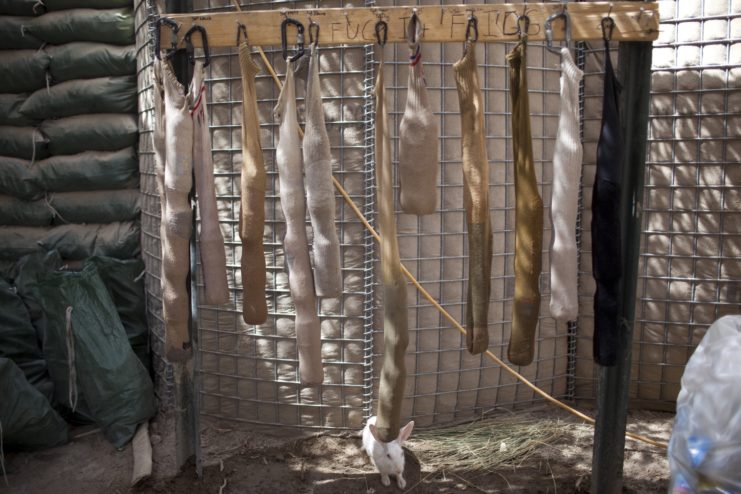
There’s little worse than sipping hot water on an equally hot day. Servicemen often struggle with this, especially when they’ve been deployed to environments with arid climates and hot temperatures. Thankfully, there’s a military hack to keep water cool. All you have to do is take a sock and soak it in water. Then, place a bottle inside. The wet sock will act like a refrigerator and keep the water within the bottle nice and cool.
A cure for athlete’s foot
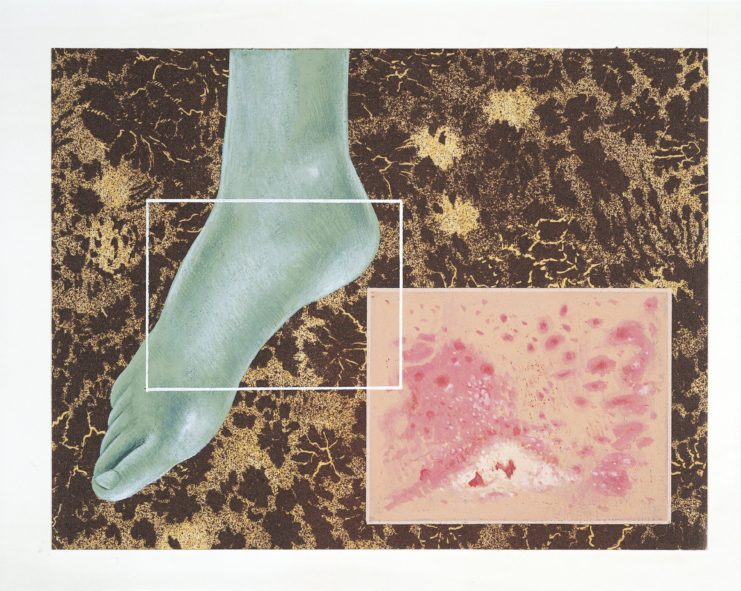
More from us: Six Authoritarian Countries Where Democracy Is Virtually Extinct
We don’t necessarily recommend this next military hack, but it is known to work. If you suffer from athlete’s foot, peeing in the shower can actually help to cure it. Urine contains urea, an anti-fungal. By peeing in the shower, you essentially wash your feet in urea, which can reverse the infection.
Again, we’re not saying we recommend you do this, but if push comes to shove, there’s always peeing in the shower.
